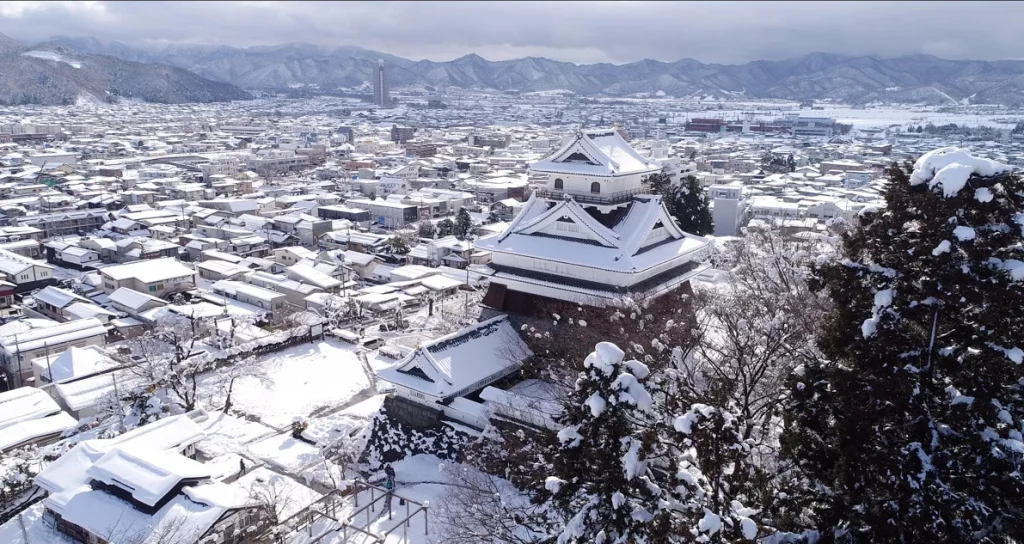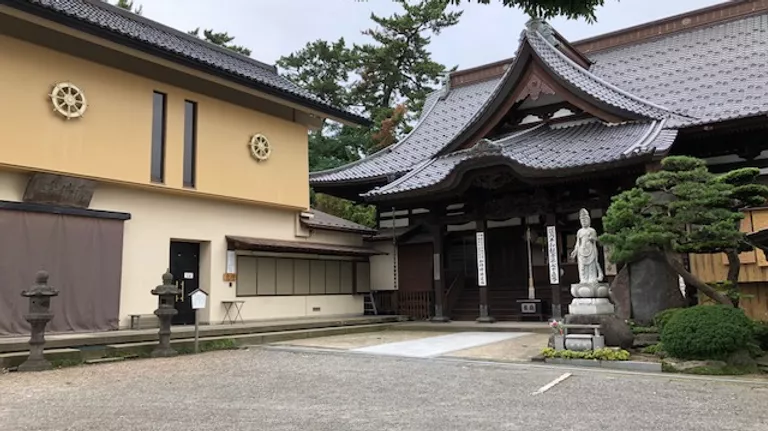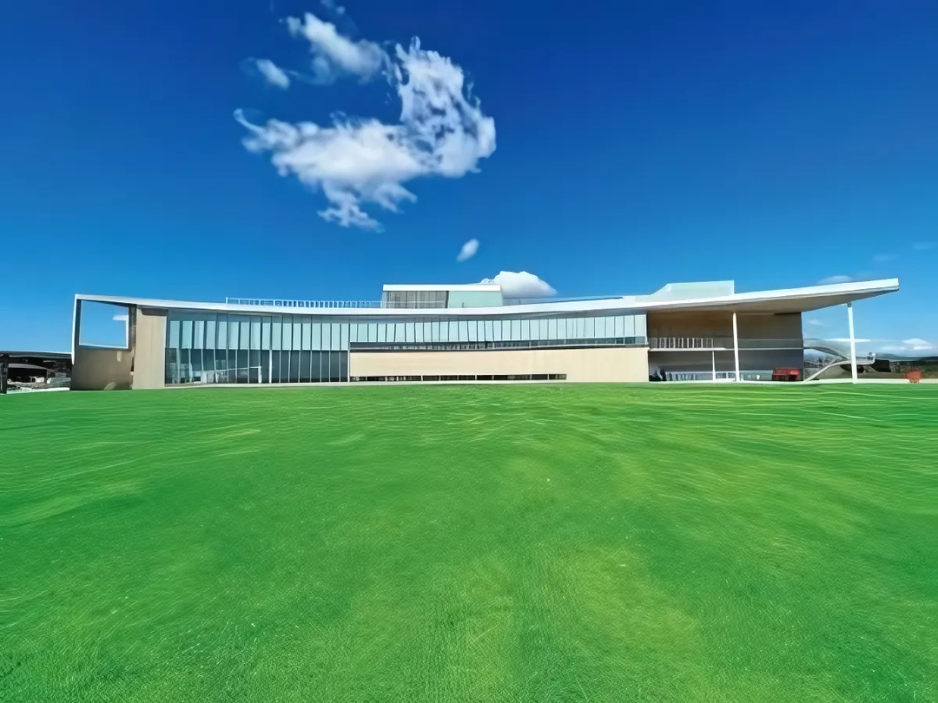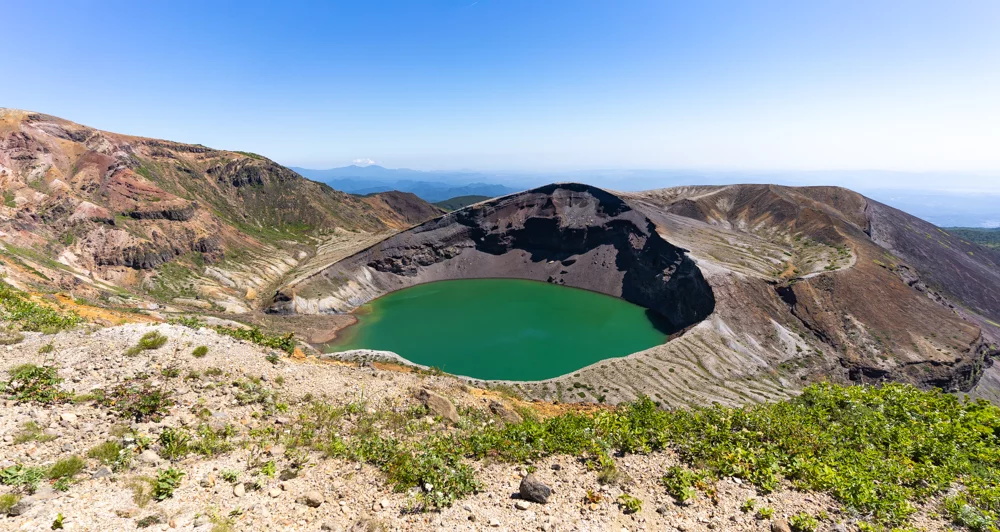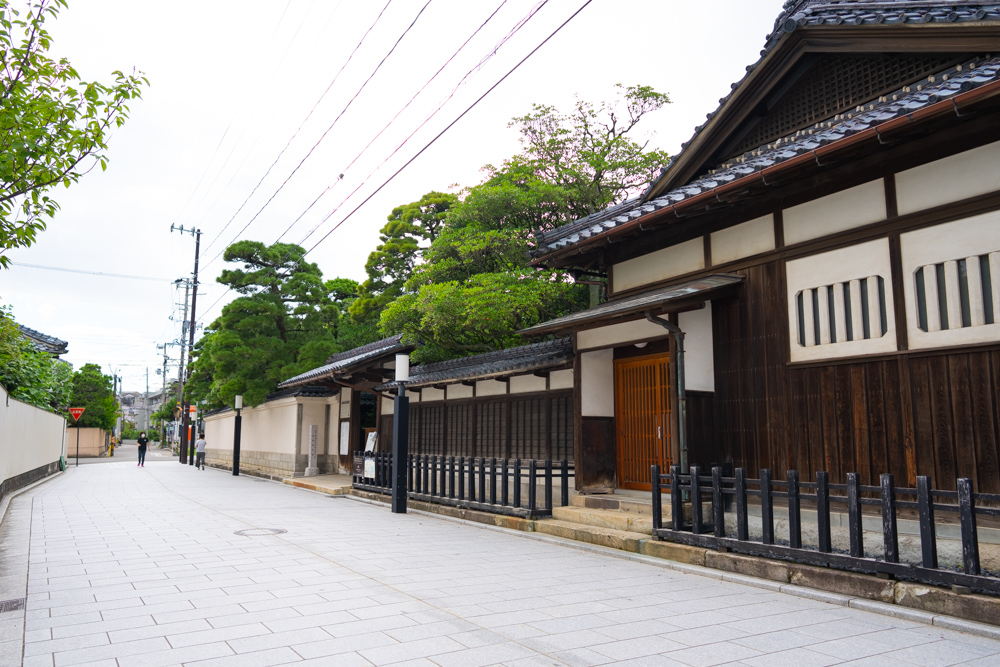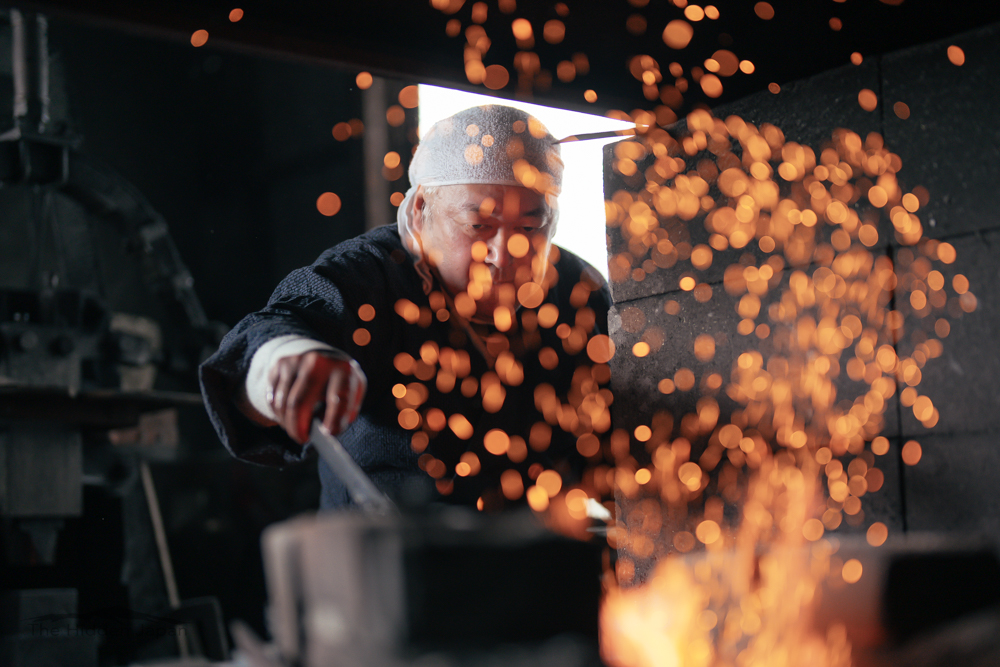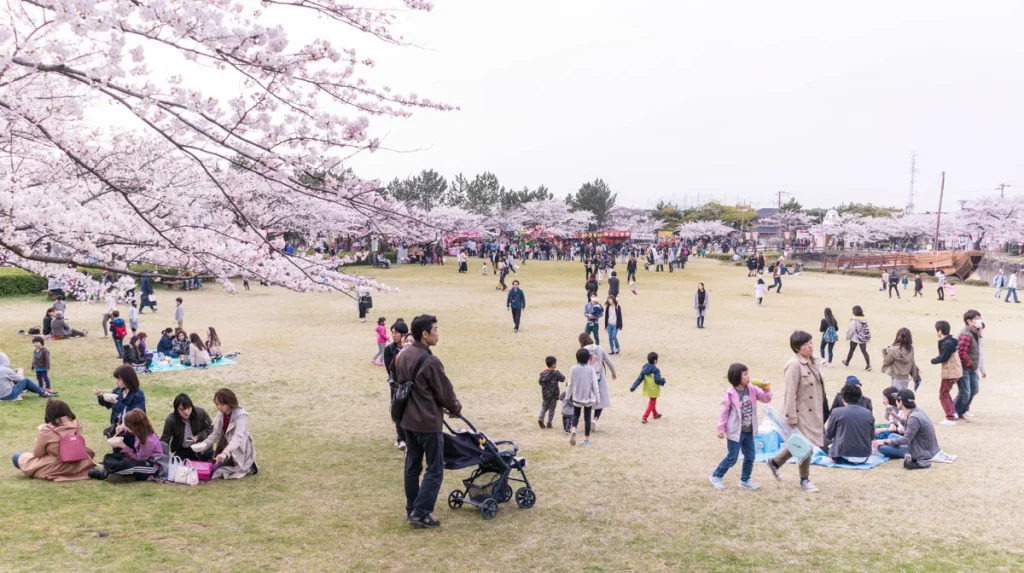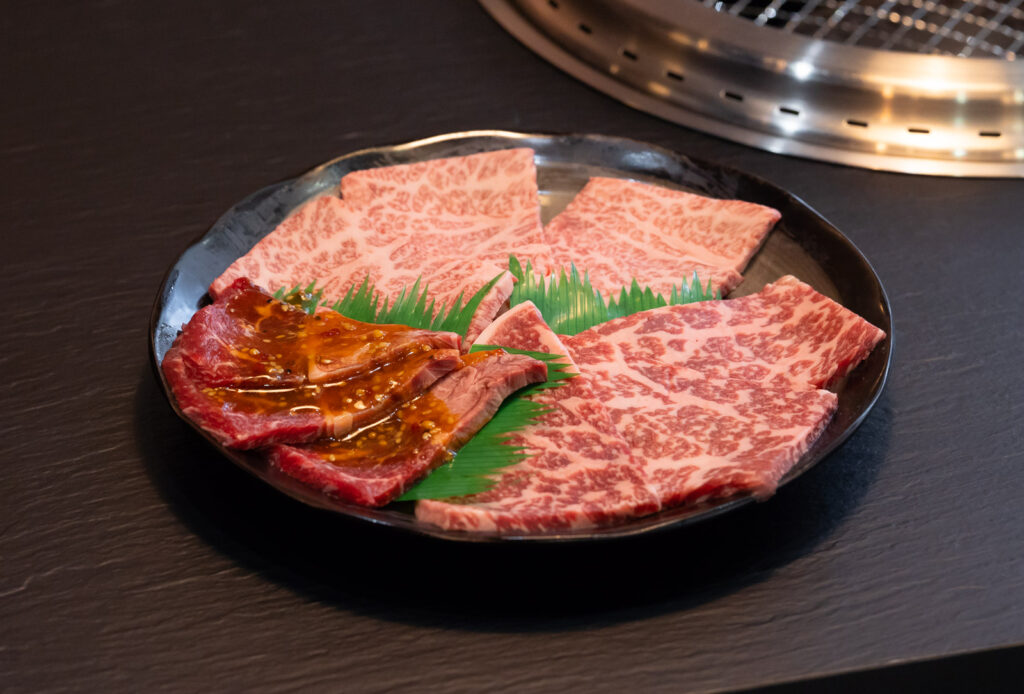
Yamagata Prefecture
The first and only photography museum in the world dedicated to an individual person.
Born in 1909 in Sakata City, Japan, a country infatuated by photography, Ken Domon was a highly influential photojournalist whose works focused on both famous and ordinary people, as well as cultural assets such as Buddhist temples and statues.
His work magnificently illustrates post-war Japan and has brought him several prestigious accolades, easily placing him amongst the best photographers this world has ever seen.
Travel north along the coast of the Sea of Japan to Yuza town, in the north-western part of Yamagata Prefecture, and you will come across 16 Statues of Buddha, built there over 150 years ago to combat such calamities.
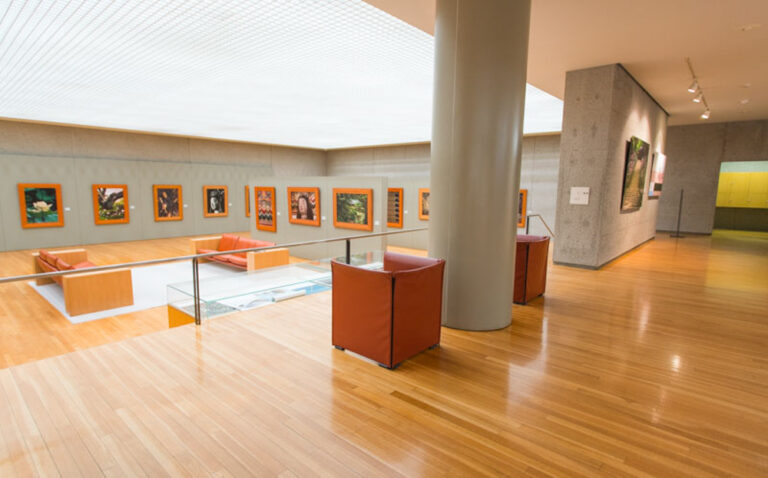
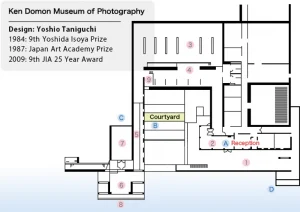
Quick Info
Cost
General Admission: 430 yen
High School/ University Students: 210 yen
Senior High school students and younger: Free
Admission fee is subject to change during special exhibitions.
Opening Hours
9:00am-5:00pm (Last entry: 4:30pm)
Closed on Mondays between December and March (unless Monday falls on a public holiday).
Average Duration
1-2 hours
Address
2 Chome-13 Iimoriyama, Sakata-shi, Yamagata-ken 998-0055, Japan
Other tips
- The museum changes exhibits yearly at the end of the year.
- There is an Annual Membership Pass available: Special Membership ¥10,800 (free admission for up to 10 people) or Regular Membership ¥2,160 (free admission for up to 2 people)
- Ken Domon Museum of Photography is best accessed by car. See available rental car options here.
A Truly Good Photograph
A truly good photograph captures more than the naked eye.
Ken Domon
In the current age anyone and everyone can make a name of themselves simply by taking photos on a device in their pocket and posting it on a social network, but what does it mean to be a truly great photographer? Finesse and grace? Using the right filter? Simply achieving the perfect balance of light and color? Or something deeper, something much more complicated than what our modern devices can provide?
For Ken Domon, a truly good photograph surpasses what the naked eye can see. Domon thought it pathetic when people asked, “why take a photograph of something if you’ve seen it a million times?” a truly good photograph is “one that shows a side of an object that can only be seen in a photograph.”
Domon spent many hours researching his subjects to learn everything he could about them. He once even spent one month in Muroji temple waiting for the perfect shot despite being ill at the time.

Work-life, lifework
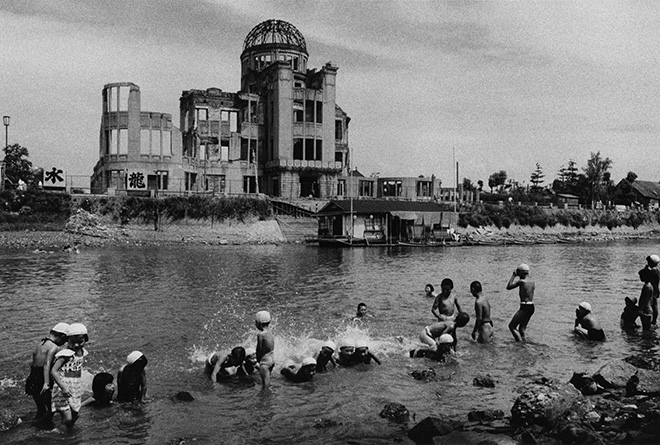
It could be the photographer’s own sense, or it could be something much more absolute, a mechanism unrelated to their education, something callous. Sometimes I manage to find the true quality, sometimes I only manage to find something trivial, which shows how the mechanism is indiscriminate, it is nothing more than impartial. That’s what I find interesting.
Ken Domon
Ken Domon was born in 1909 in Sakata, in the North-Western Yamagata Prefecture, however, his family moved to Tokyo when he was seven years old. By his early teens, Domon had developed an interest in painting canvases, going so far as holding exhibits and even selling one piece for ¥30 (30 cents). Domon then tried unsuccessfully to make a living as a painter, yet in 1933 at the age of 24, he followed the advice of his mother and joined the Miyauchi Kotaro photography studio as an apprentice. This period was when Domon started dedicating his life to photography, spending nights reading books and learning about its history and fundamentals.
In 1935 Domon joined Nippon Kobo, an influential publishing agency that produced ‘Nippon’, a magazine aimed at introducing Japan to the West. Nippon Kobo was established in 1933 by Yonosuke Natori, who used innovative photography techniques learned during his time in Germany. There Domon oversaw photography for internationally-bound brochures, and he spent time in the Izu Peninsula working as a cameraman for Rintaro Takeda. The photographs taken during this time became the basis for Fubo, his first book on photography.
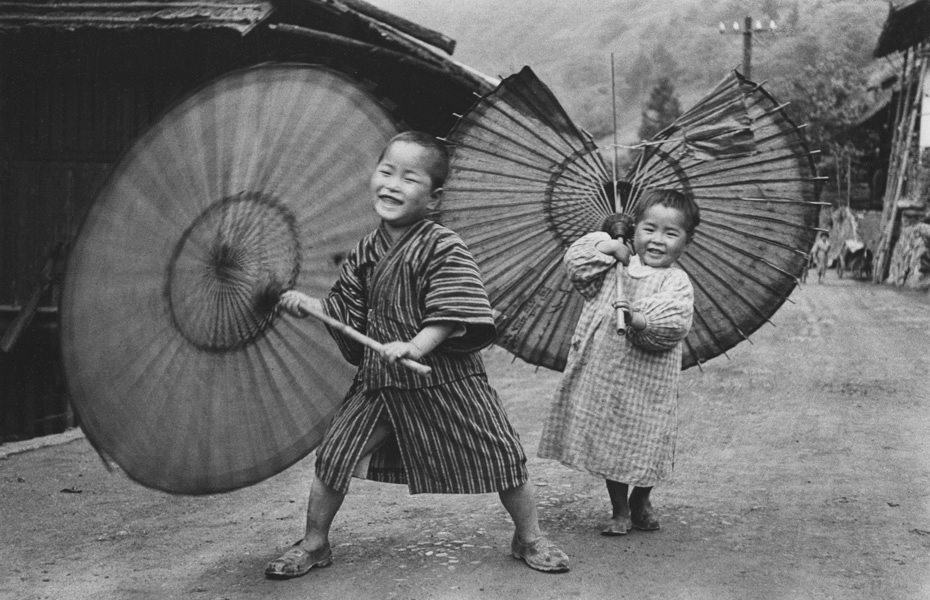
The most boring photographs are the ones that capture exactly what you are after. All you can say about these photographs is, "how lucky am I"?
Ken Domon
1939 had major impacts on Domon’s life. After leaving Nippon Kobo and joining the Japanese Ministry of Foreign Affairs, Domon married his partner Tamiko Nakamura. The two travelled to Miyazaki on their honeymoon, but Domon was not one to miss a chance for photography. Following the suggestion of art historian Sumio Mizusawa, this was Domon’s first visit to the temple that would become the foremost subject in his lifework, Muroji Temple.
Going Freelance
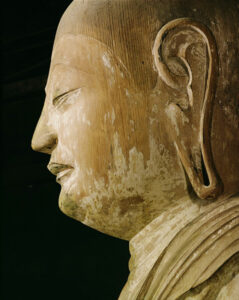
Photographers become smaller and smaller behind the mechanism. They become smaller, but they can never become absolutely zero. You have to be looking in the right direction when you push the shutter.
Ken Domon
Domon went freelance after the war in 1945 and began “A pilgrimage through old temples” in Nara and Kyoto the following year. Domon became an honorary citizen of Sakata in 1974, which was when he donated all 70,000 pieces of his photography to his hometown.
Sakata reciprocated by building the photography museum which was completed in 1983. Other famous photographic works that are periodically shown to the public at the museum include “Muroji Temple”, “Hiroshima” (taken in the years following the dropping of the atomic bomb), “The Children in Chikuho” (photos expressing the daily life of coal miners and their children), “Bunraku Puppets”, and “Features”.
The Building
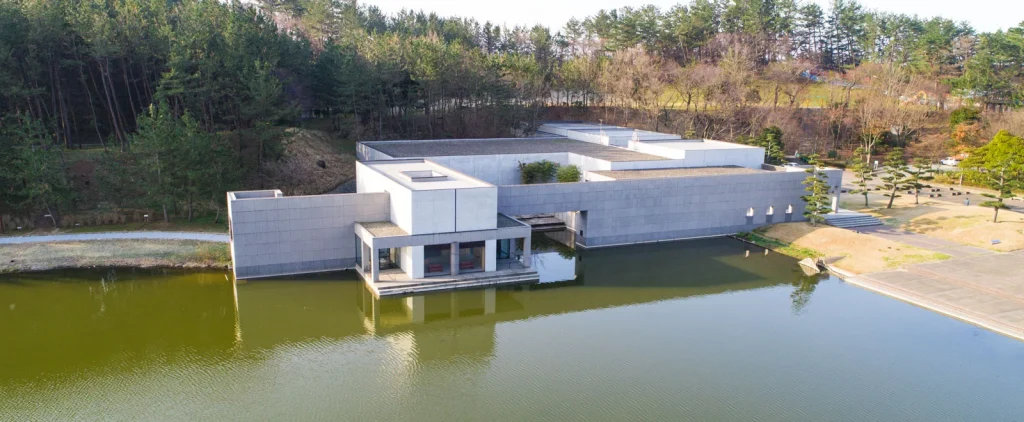
Designed by famed architect Yoshio Taniguchi, who is perhaps best known for the redesign of the Museum of Modern Art in New York City in 2004, the building itself is a masterpiece. With simple and minimalist architecture, the timeless design retains a modern feel even after more than 30 years that is designed to fit into its surroundings well.
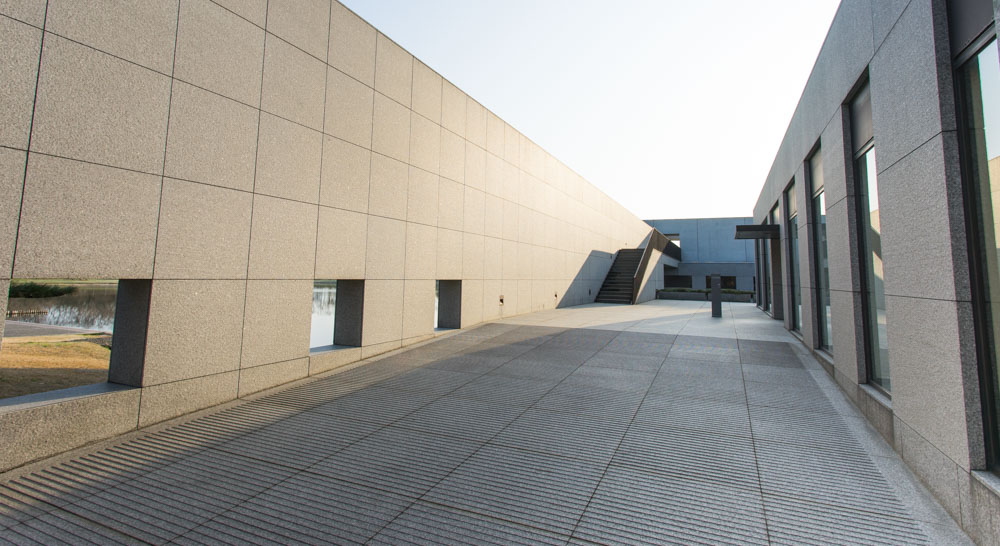
Not just the outside, but the inside of the building has also been thoughtfully designed. Once inside, pay the fee and take a short walk around the corner, down the corridor, and you will come across the start of the exhibitions.
This is the main exhibition hall of the museum with a large wide open room and expansive lighting that shines from the fully illuminated ceiling.
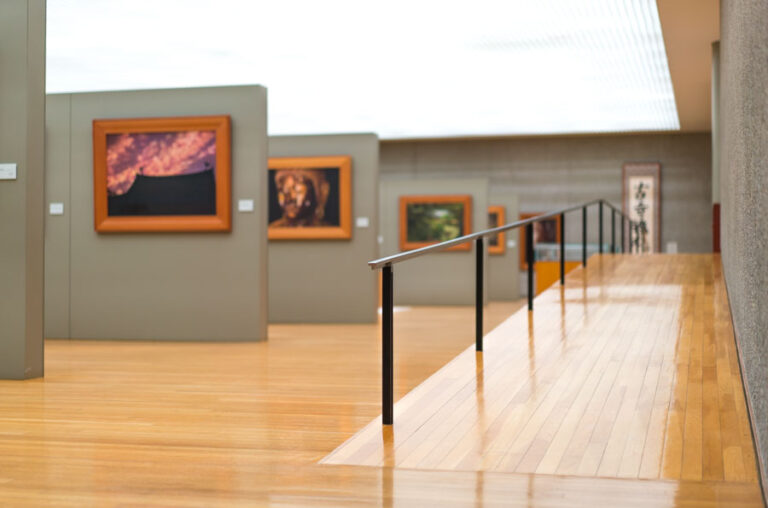
Follow the room around, and you will come to a corridor with the lake at the end. Walk down here until you pass the shop, and you can see the center garden of the building to your left. Don’t worry about visiting the shop yet – you will have time when you come back. At the end of the corridor, you should be about level with the surface of the lake.
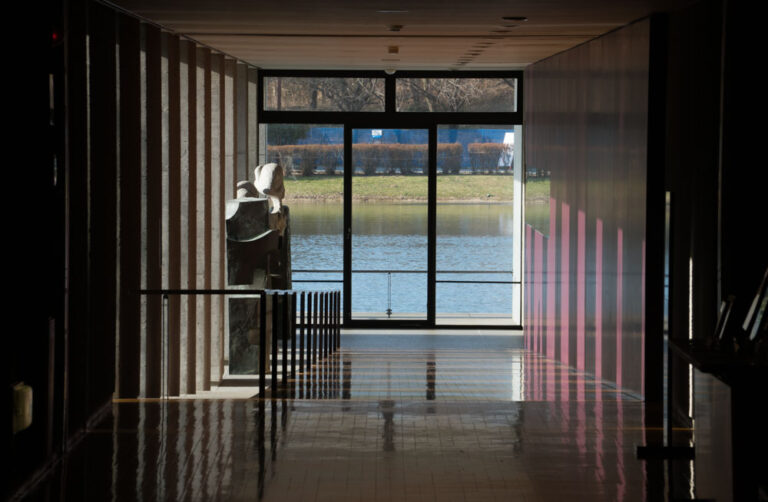
There is a small room here with artifacts that Domon used in his works, and a small tearoom towards the back with a video on Domon’s life playing.
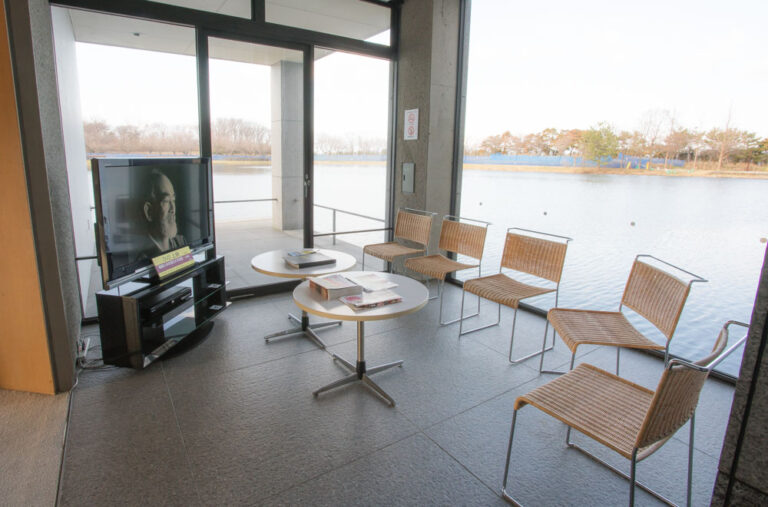
From here – you can get unparalleled views of the lake with Mt. Chokai in the background. If it’s a good day, why not take a rest here as you take in the views?
Once you’re done, turn around where you will find a room with a constantly-changing art piece. Nagare was designed by Hiroshi Teshigahara to replicate the flow of a river using stones and rocks. From the soft summer rain to the white snow falling elegantly, this spot, in particular, is excellent in any season. There are even seats laid out for you to enjoy the view.
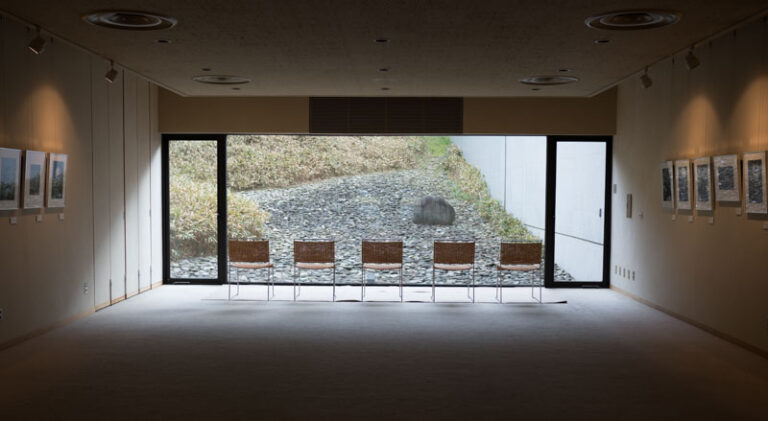
Once you’ve had your fix, head back to the shop for souvenirs such as postcards and other memorabilia and pick up a little something to remind you of your trip. Because the exhibits are changed periodically, be sure to visit at a later date.
Lastly, before you leave the museum, we recommend seeing the central garden at the center of this building. Despite it being constructed nearly entirely of smooth concrete, the gentle stream and bamboo forests give off a sense of natural serenity.
We also recommend taking a walk around the lake, it is filled with beautiful sakura in the spring and thousands of hydrangea flowers in the early summer.
The Iimoriyama Park is also located right next to the museum and lake, which makes for a pleasant walk in its forests and hills.
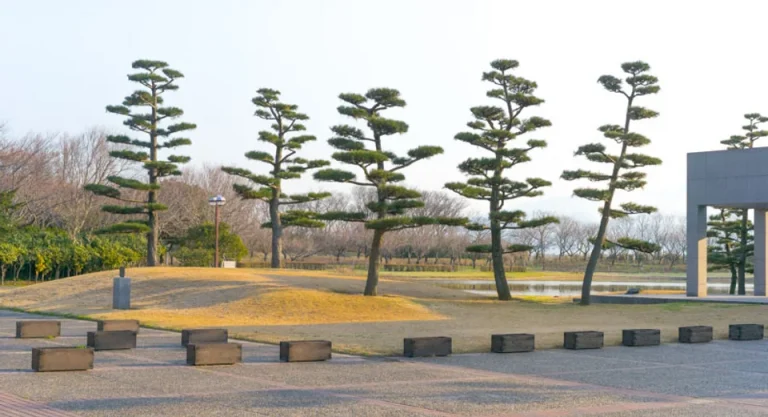
Access
Ken Domon Museum of Photography is best accessed by car. See available rental car options here.
From Sakata station, head east on Route 355. Cross the bridge and take a left at the lights with a 7-eleven on the corner. Follow the road past the university until you see a big car park on the left. You can park here, or follow the road down and park just outside the building.
Here is the address: 2 Chome-13 Iimoriyama, Sakata-shi, Yamagata-ken 998-0055, Japan
Be sure to leave enough time for a stroll around the gardens behind the building as well.

